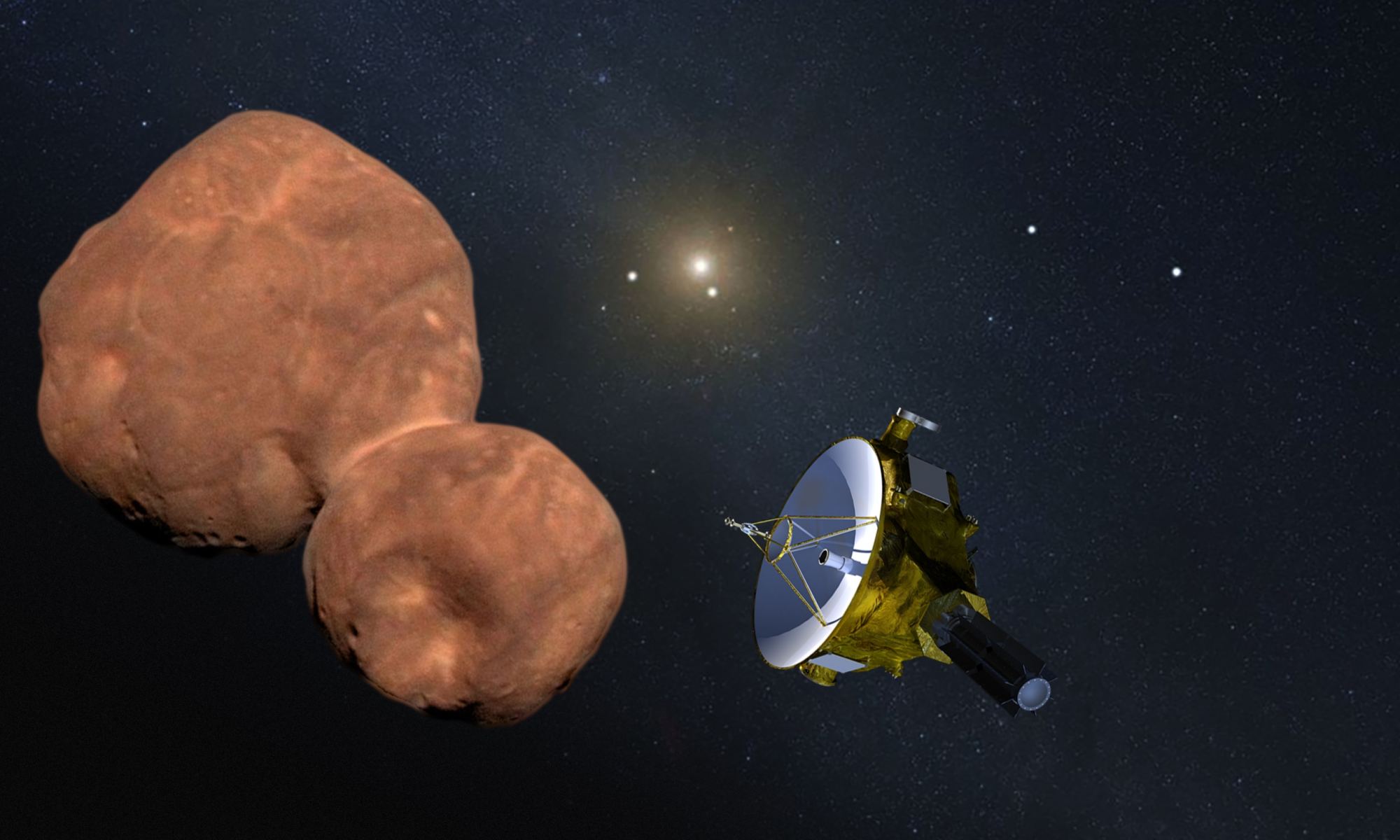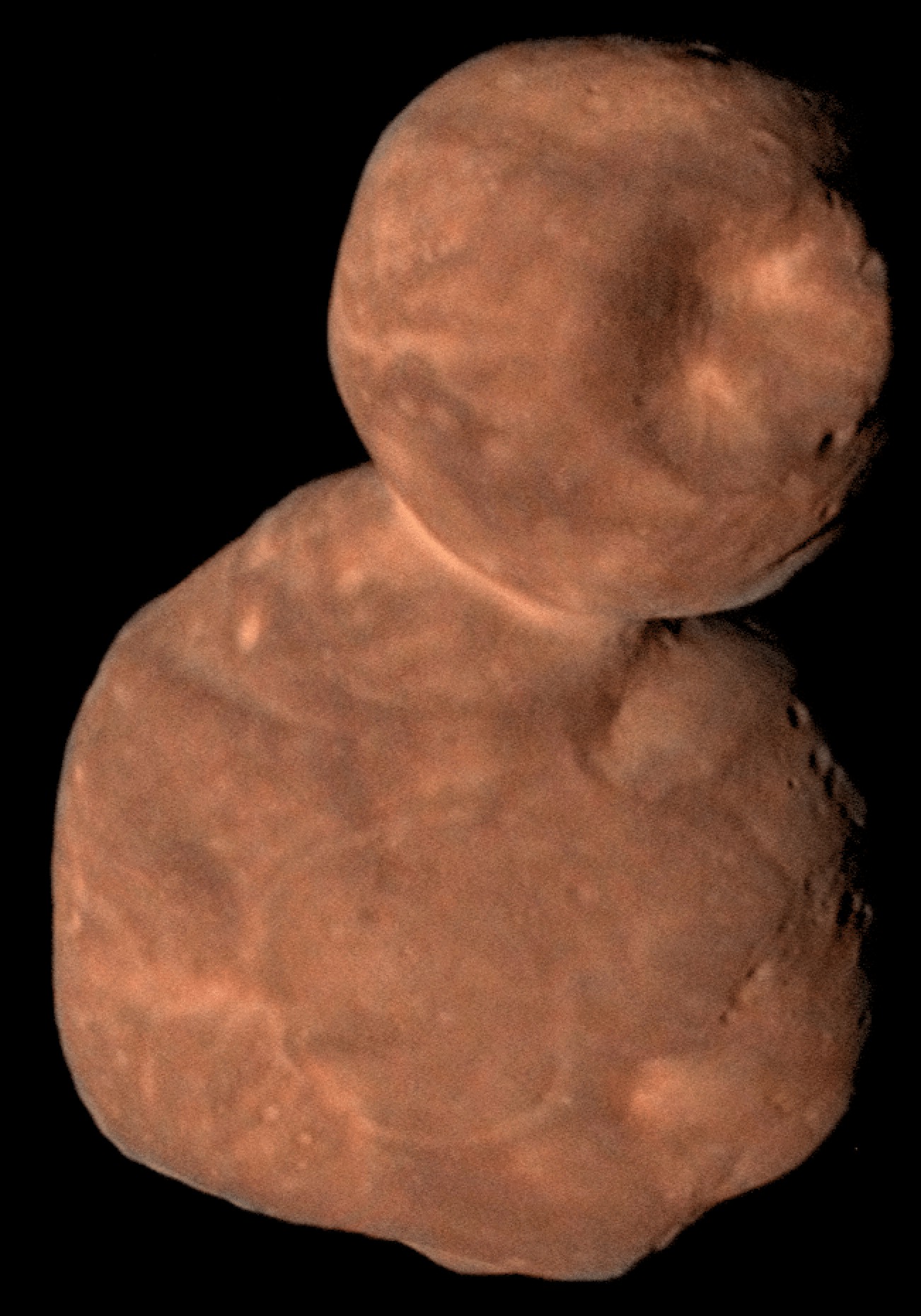In 2019, NASA’s New Horizons spacecraft transmitted an image to Earth of the most distant object ever explored, Arrokoth. This snowman-shaped asteroid is located in the Kuiper Belt beyond the orbit of Neptune. The images showed that Arrokoth’s surface had a rusty red color, which was of great interest to scientists.

Scientists first hypothesized that the solar wind and galactic cosmic rays that bombard Arrokoth’s surface convert frozen methanol and other gases into organic molecules that give the asteroid its red hue. However, this was only a hypothesis, so the true mechanism of this process remained unclear.
Recently, a laboratory experiment that simulated cosmic irradiation of Arrokoth’s surface found that the object’s red color could be explained by the presence of sugars. A team of scientists led by Chaojiang Zhang of the University of Hawaii exposed a frozen sample of methanol and carbon monoxide to high-energy electrons, which served as a proxy for galactic cosmic rays, in doses equivalent to about 1.8 billion years of cosmic radiation.

The simulated radiation triggered chemical reactions in the ice, leading to the formation of polycyclic aromatic hydrocarbons (PAHs), a widely distributed substance in the universe. Spectroscopic techniques have also detected the formation of glucose, the main sugar in human blood, as well as allose, a sugar found in fruits and nuts, and glycerol, which is used as a moisturizer in soap. In other words, the surface of Arrokoth probably has a sweet flavor and soapy consistency.

Also, polycyclic aromatic hydrocarbons, glucose and other sugars look red from space. Sugar worlds in the Kuiper Belt, like Arrokoth, may have influenced Earth in its early history by delivering prebiotic molecules and water that would have been critical to the origin of life.
Earlier we reported on how astronomers tasted and smelled a giant alcohol cloud.
According to space.com


